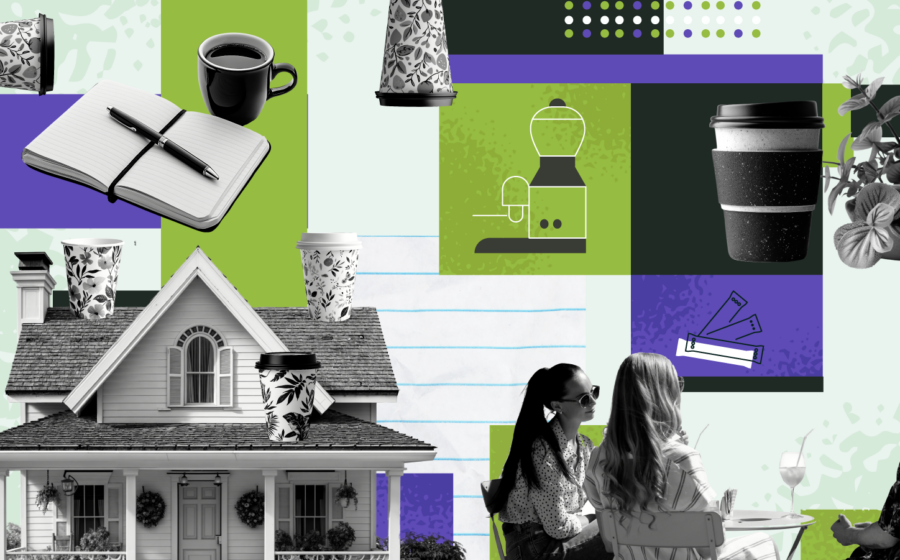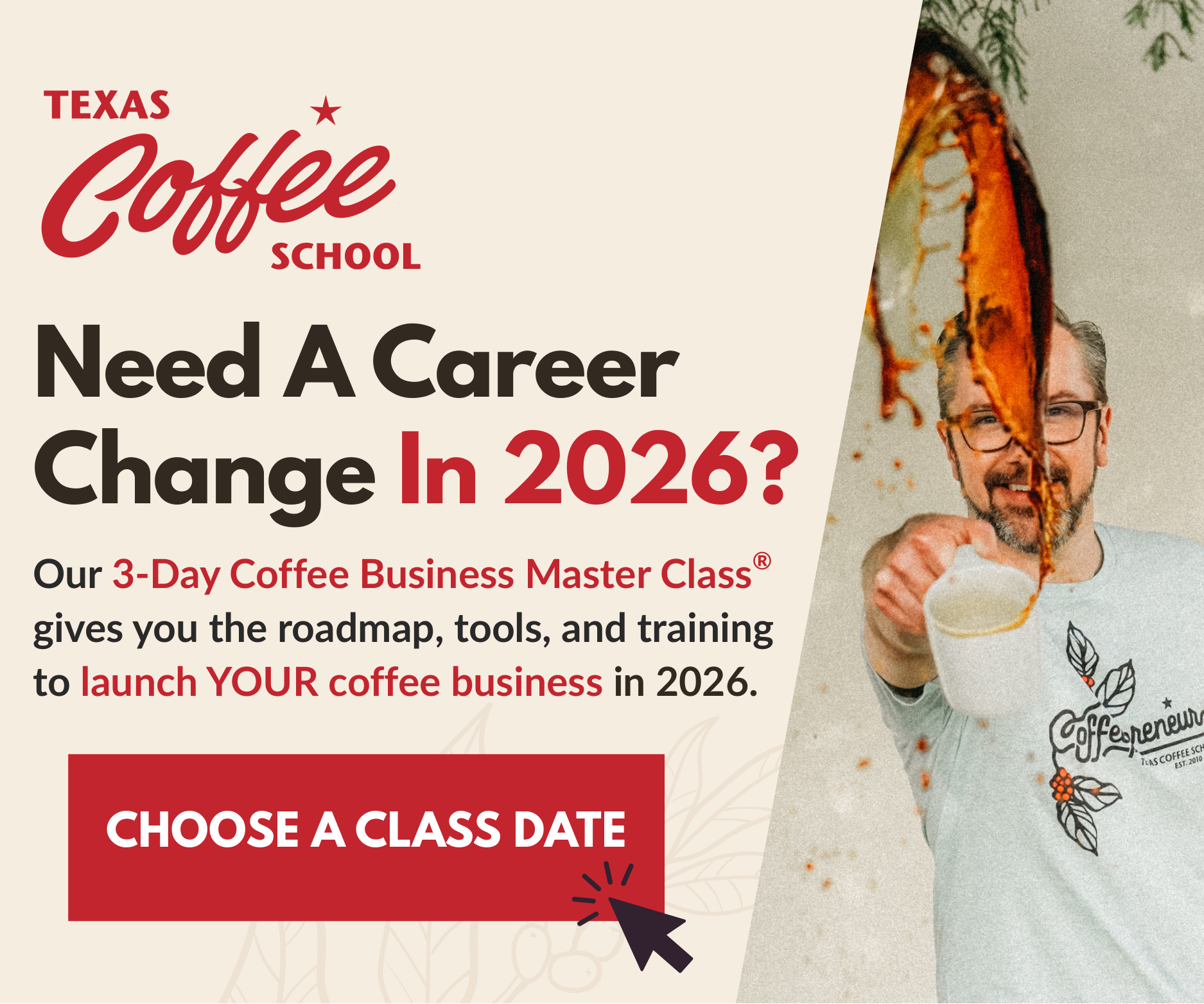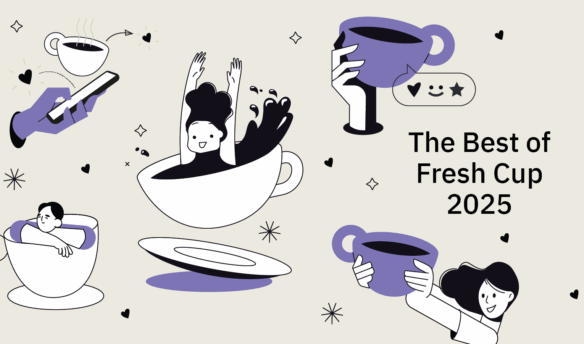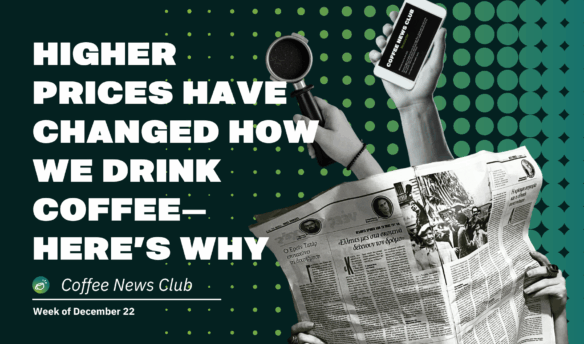As part of Brian Niccol’s “Back to Starbucks” plan, which rolled out in September 2024, the newly appointed Starbucks CEO announced that one of his goals was making the multinational’s coffee shops “third places” again.
The term “third place” refers to spaces outside the home (the first place) and work (the second) that serve as community gathering spaces, a term coined by sociologist Ray Oldenburg in 1989. Previous Starbucks CEO Howard Schultz modeled the chain’s locations, particularly in the ’90s and 2000s, around this concept. In a 1995 Annual Report of Starbucks Corporation, he wrote:
“You get more than the finest coffee when you visit Starbucks. You get great people, first-rate music, a comfortable and upbeat meeting place, and sound advice on brewing excellent coffee at home. At home, you’re part of a family. At work you’re part of a company. And somewhere in between there’s a place where you can sit back and be yourself. That’s what a Starbucks store is to many of its customers – a kind of ‘third place’ where they can escape, reflect, read, chat or listen.”
In 2025, the sentiment feels more important than ever: The U.S. is experiencing an epidemic of loneliness, and a third of American adults report feeling lonely every week according to a 2024 poll by the American Psychiatric Association.
But as Starbucks works to reclaim its status as a third place, it’s worth recognizing that independent coffee shops across the country have never stopped serving as essential community hubs. They remain safe havens for marginalized groups and crucial gathering spaces in an increasingly divided world.
In Indianapolis, Muslims of the World Coffee & Pastries was initially created as a third place for Muslim people to come together, drink coffee, and hang out. But the brand quickly grew into something much bigger, as it resonated with people across demographics. Currently, MOTW has nine locations in six states, with plans to expand to seven more states soon.
“When MOTW originated, the concept was oriented towards a Muslim brand with the goal to change how the world sees Muslims and shine a positive light on the culture,” owner Sajjad Shah explains. “Our community of customers acknowledge that this world can be polarizing and have an appreciation towards MOTW as a concept to bring people together who similarly want to cultivate culture.”
Shah focuses on hiring baristas who believe in community, and who can genuinely bring the third place concept to life. MOTW has also gone beyond a straightforward gathering space by raising money for community members in need.
For example, when Shah heard a story about an Afghan refugee couple who had to flee their home country, and did not have the resources for a wedding, he offered MOTW as a place to host their celebrations. Generous customers provided food, a wedding cake, and a wedding dress.
Meanwhile, at the chain’s Fishers, Indiana location, the MOTW community raised money for a teenager with autism who worked at a pizzeria next door. The money helped him buy an electric bike and helmet, so he didn’t need to walk 20 minutes to work every day across highways and in inclement weather.
“This is what it means to be a part of a community,” Shah says. “Doing good is what we stand for.”
When MOTW opened its second coffee shop on Indy’s Northside, the team befriended a person experiencing homelessness near the shop. They raised more than $14,000 to buy him a car, electric bike, and a new wardrobe, and pay for six months of rent at an apartment. “That six months of relief allowed him to get a job at a battery company and he is still living in that same apartment,” says Shah.
Although not every coffee shop can be quite as magnanimous as MOTW, even being a place for daily ritual, and where guests feel cared for, is important. When chef Sahil Sethi opened Swadesi in Chicago last year, his goal was for the Indian coffee shop to “foster a sense of belonging” and become a community gathering place.
He says the atmosphere at the Downtown cafe shifts throughout the day. During the busy morning rush, customers grab coffee, chai, and housemade pastries to-go, while in the afternoon, there’s a more relaxed atmosphere. “We’re providing a space for friends to reconnect and relax, as well as a productive environment for those working remotely or having lunch meetings,” Sethi says.
He tries to accommodate people’s needs as they shift throughout the day. “As the day progresses, slowly people are coming to relax and work remotely,” he says. “People come in groups during office lunchtimes, some holding their small business meetings, and on weekends we have seen more customers and groups of people are gathering after their workout session.”
Sethi has also noticed customers rearranging tables so larger groups can sit together; the cafe is spacious enough that there’s plenty of seating and nobody feels rushed. This year, he says he hopes to provide a space for community groups to gather—especially Indian communities, who make up a large portion of daily guests.
Whether it’s raising money for community members or simply having enough chairs for people to feel welcome, independent coffee shops have always served as community hubs. Starbucks may be back in the news for its revived third-place strategy, but it’s clearer than ever that the concept continues to exist—and thrive—outside of the megachain.









